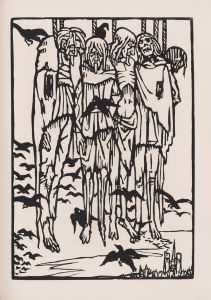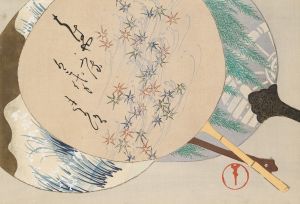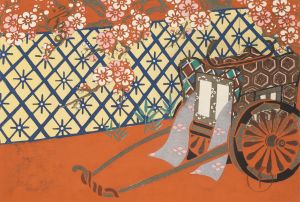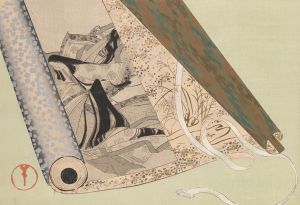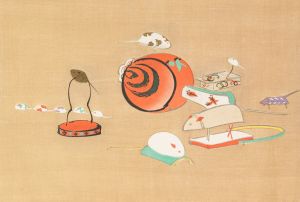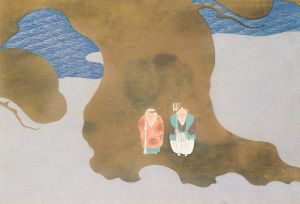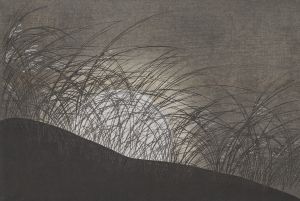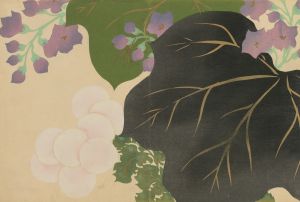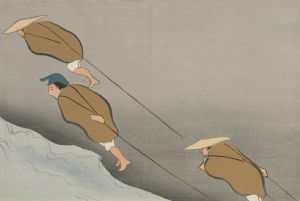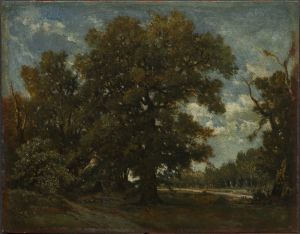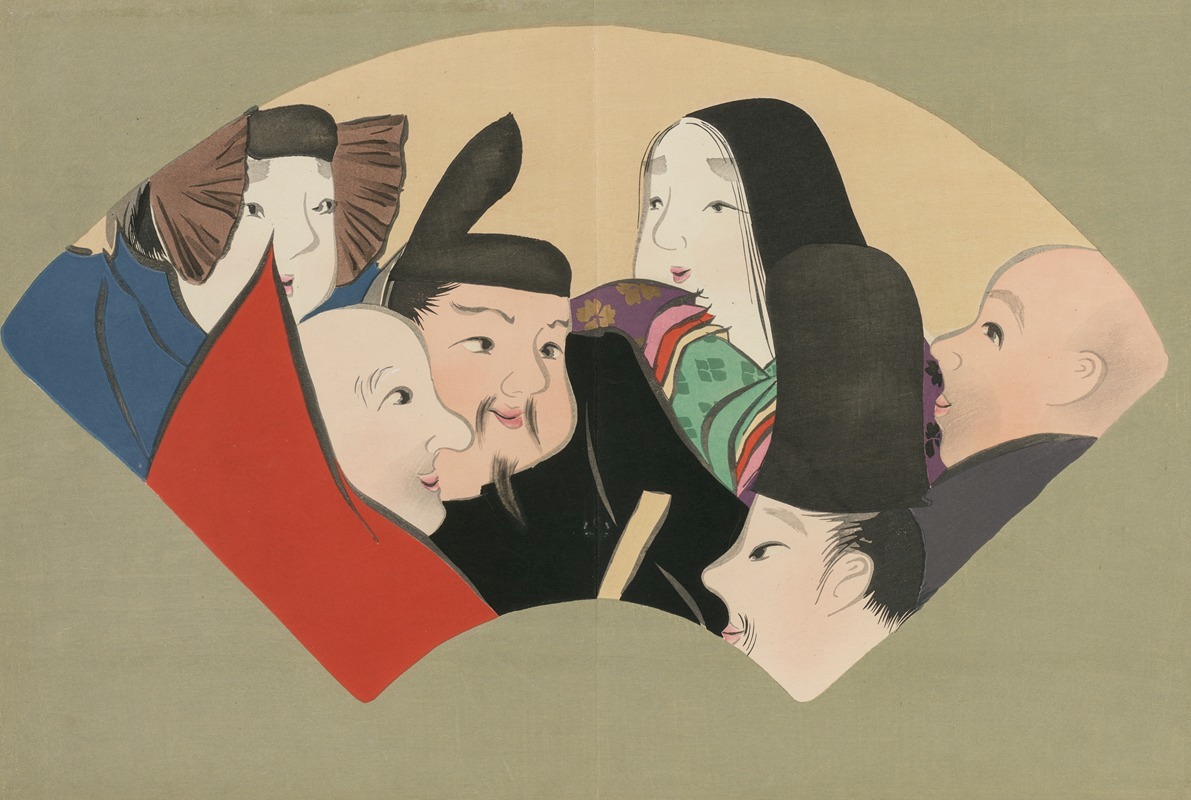
Six Poetic Immortals
A hand-painted replica of Kamisaka Sekka’s masterpiece Six Poetic Immortals, meticulously crafted by professional artists to capture the true essence of the original. Each piece is created with museum-quality canvas and rare mineral pigments, carefully painted by experienced artists with delicate brushstrokes and rich, layered colors to perfectly recreate the texture of the original artwork. Unlike machine-printed reproductions, this hand-painted version brings the painting to life, infused with the artist’s emotions and skill in every stroke. Whether for personal collection or home decoration, it instantly elevates the artistic atmosphere of any space.
Kamisaka Sekka (1866–1942) was a prominent Japanese artist and designer, known for his contributions to the Rinpa school of painting and his influence on modern Japanese art. He played a significant role in the revival of traditional Japanese arts and crafts during the late Meiji and Taisho periods. Sekka's work is characterized by its vibrant colors, bold designs, and a harmonious blend of traditional Japanese aesthetics with modern sensibilities.
"Six Poetic Immortals" is one of Sekka's notable works, though specific details about this particular piece are limited. The title suggests a reference to the "Rokkasen" or "Six Poetic Immortals," a group of six Japanese poets from the early Heian period (794–1185) who were renowned for their exceptional poetic talent. These poets were Ariwara no Narihira, Ono no Komachi, Kisen Hoshi, Sojo Henjo, Fun'ya no Yasuhide, and Otomo no Kuronushi. They were celebrated in the "Kokin Wakashu," an early anthology of waka poetry.
Sekka's work often drew inspiration from classical Japanese themes, and it is likely that "Six Poetic Immortals" reflects his interest in traditional Japanese literature and culture. His style typically involved the use of vibrant colors and bold, decorative patterns, which were hallmarks of the Rinpa school. This school of art, founded in the early 17th century by Hon'ami Koetsu and Tawaraya Sotatsu, emphasized natural themes, elegant compositions, and a distinctive use of color and form.
Sekka's contribution to the Rinpa school was significant in that he modernized its aesthetics, making them accessible to contemporary audiences of his time. He was instrumental in the development of the "Japonisme" movement in the West, which saw Western artists drawing inspiration from Japanese art and design. His work was exhibited internationally, and he was involved in various cultural exchanges that helped promote Japanese art abroad.
While specific details about the composition and elements of "Six Poetic Immortals" by Kamisaka Sekka are not extensively documented, it can be inferred that the piece likely embodies the characteristics of his broader body of work. This includes a focus on traditional Japanese themes, a modern interpretation of classical motifs, and a distinctive use of color and pattern that aligns with the Rinpa tradition.
Sekka's legacy is evident in his influence on both Japanese and Western art, and his works continue to be celebrated for their beauty and innovation. His ability to bridge traditional and modern aesthetics has left a lasting impact on the art world, and his pieces remain highly regarded by collectors and art historians alike.





